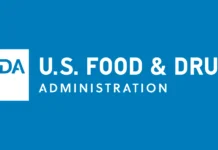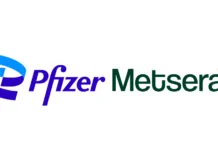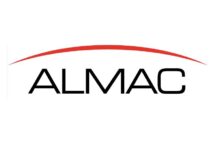Allergan, Inc. announced the US FDA Gastroenterology and Urology Devices Panel of the Medical Devices Advisory Committee has recommended with an 8-2 vote that the FDA extend the currently approved use of the LAP-BAND® System, Allergan’s gastric band, on the basis of a favorable benefit-risk profile for weight reduction in obese adults who have failed more conservative weight reduction alternatives and have a Body Mass Index (BMI) of at least 35 or a BMI ≥30 and at least one comorbid condition. Frederick Beddingfield, M.D., Vice President of Clinical Research and Development for Allergan, Inc said, We are pleased with the Committee’s decision, which reflects consensus that there is a need for additional, effective treatment options for patients who are currently obese, given the known significant health ramifications of obesity. Given the health risks of even moderate levels of obesity, it is important to have other treatment options for patients when other attempts at weight loss have proven unsuccessful.
The Committee’s decision followed a review of the currently unmet clinical needs among the obese patient population, as well as 12-month data from a prospective, single-arm, non-randomized, multi-center five-year study involving 149 obese patients, who on average had been obese for 17 years, treated with the LAP-BAND® System, numerous publications, and the more than 17-year safety and effectiveness record of the LAP-BAND® System.
Currently, over 64 million Americans are obese, and of those Americans, approximately 27 million of them have a BMI of 30-35 and at least one comorbid condition.12 In addition, obesity is the second-leading cause of preventable death in the United States, second only to smoking.3 Given its known correlation to life-threatening diseases, such as heart disease, stroke, Type 2 diabetes, high blood pressure, sleep apnea and even premature death, obesity is a disease that requires medical treatment. Indeed, medical research has found that if left untreated those individuals who are currently obese will likely remain obese.4 In addition, a preponderance of data, published literature and scientific research have found that diet and exercise succeed in only 15-20% of patients at one year, underscoring the unmet clinical need among obese patients for the availability of effective treatment options.56
The LAP-BAND® System study, initiated by Allergan, Inc., is a prospective, single-arm, non-randomized, multi-center five-year study conducted under an FDA-approved Investigational Device Exemption (IDE G070039; registered at www.clinicaltrials.gov, registration # NCT00570505). The study was conducted to determine the safety and effectiveness of the LAP-BAND® System as a treatment for obesity in adult patients with a BMI of ≥ 30 and < 40, with and without comorbid conditions. The study was initiated in 2007, and included 149 patients who underwent the LAP-BAND® System procedure. The 12-month primary endpoint data was presented at Committee today, along with relevant two-year data requested by the Agency.
The criterion for success was at least 40% of patients achieving clinically meaningful weight loss at the 12-month timepoint, where clinically meaningful weight loss was defined as at least 30% Excess Weight Loss (EWL). Percent excess weight loss (%EWL) is defined as the percent of “excess weight” — i.e., the weight above ideal weight — that is lost. Results from the 12-month dataset demonstrate clinically significant weight loss in this patient group with a low risk of serious complications. Specifically, 83.9% of the patients lost at least 30% of their EWL at the one-year timepoint, more than twice the percentage required for success. More than 65% of the patients in the trial were no longer obese after one year. Weight loss was maintained in the second year of the study. This level of weight loss exceeds what is typically seen with more conservative treatment, such as diet and exercise.
The secondary endpoints for the trial were improvement in comorbid conditions of dyslipidemia, Type 2 diabetes, and hypertension and improvement in Quality of Life (QoL). Eighty five percent of subjects in the trial had at least one comorbid condition. In terms of improvement in comorbid conditions of dyslipidemia, Type 2 diabetes, and hypertension, 22-33% of patients with those conditions, their conditions resolved after one year. In addition, approximately 60% of patients, who had a comorbidity at baseline, had improvement of at least one comorbid condition by month 12. Also, there was a statistically significant improvement in QoL at months six and 12.
During the 12-month study period, the types of Adverse Events (AEs) reported by patients were as expected for the surgical procedure, such as vomiting, dysphagia, and gastroesophageal reflux disease (GERD). Most AEs were mild to moderate in severity and resolved in less than 4 weeks.
The LAP-BAND® System was originally approved by the FDA in 2001 for use in severely obese adults, individuals with a BMI of 35 with at least one severe comorbid condition or a BMI of 40, or those who are at least 100 pounds or more overweight. In addition, the LAP-BAND® System has been approved internationally since 1993. Over the past 17 years, more than 600,000 procedures have been performed, leading to over two million patient years of exposure for the device.



















